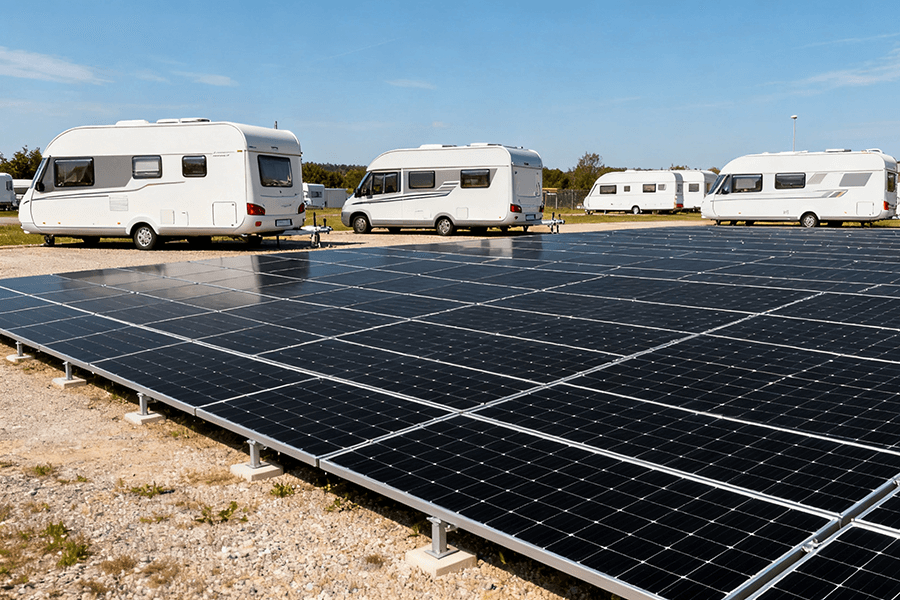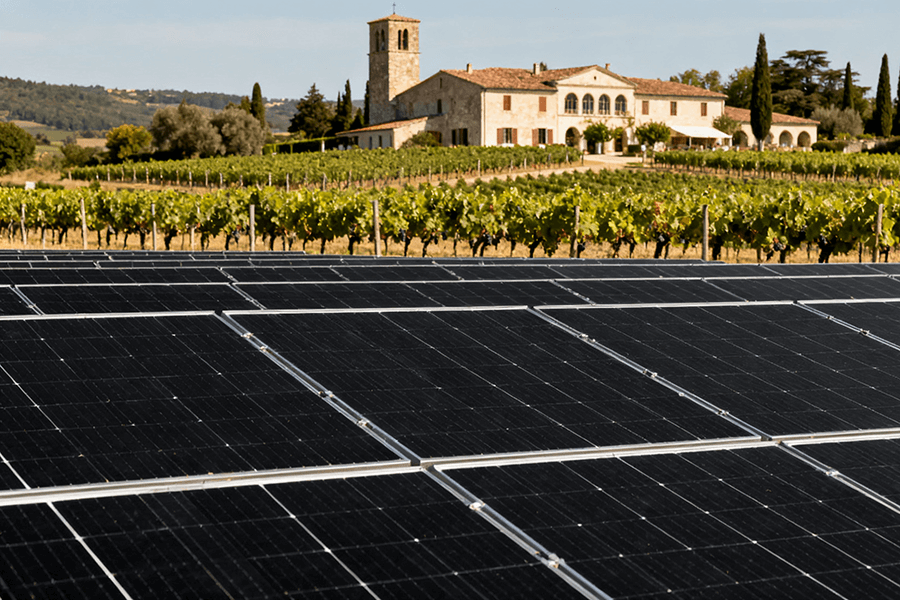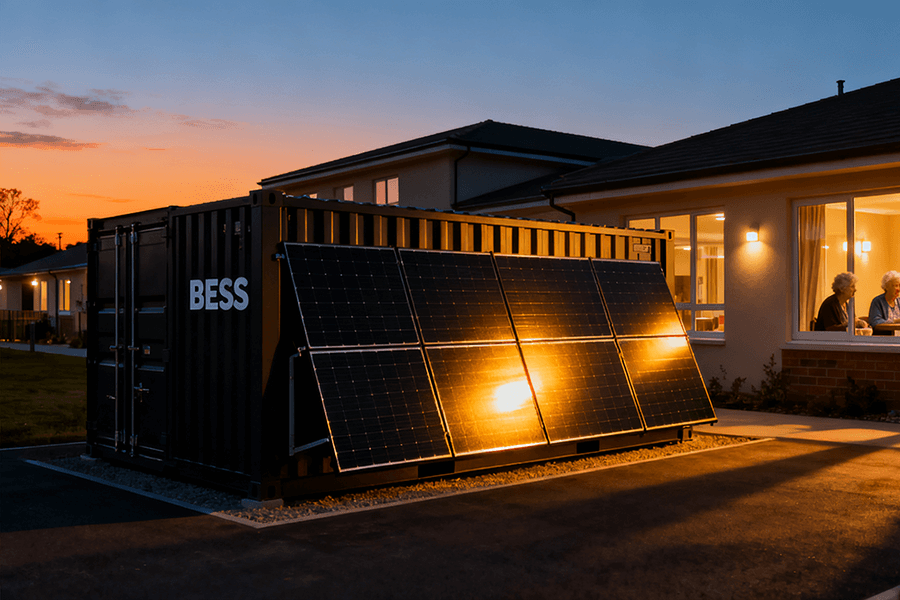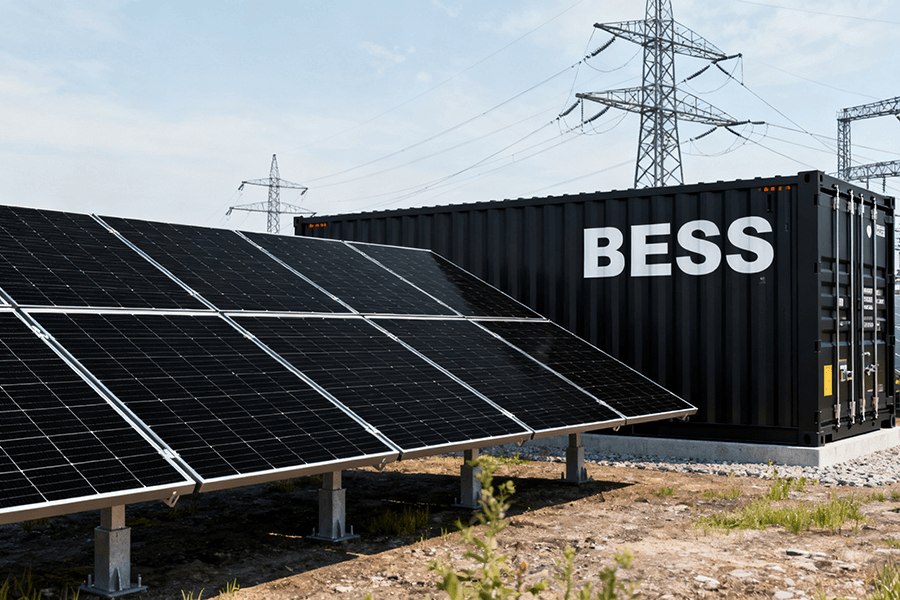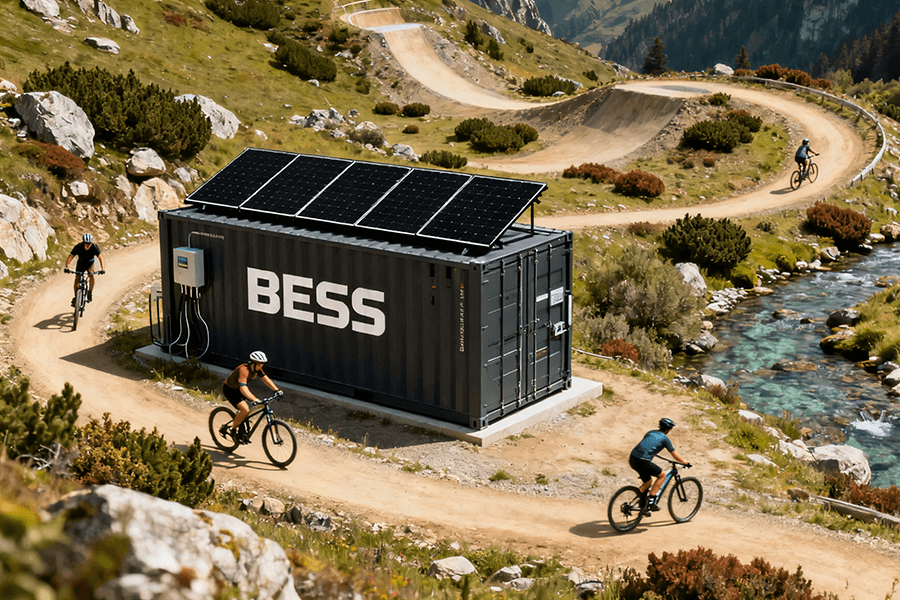1.Short-circuit phenomenon and causes
The short circuit of the lead-acid battery refers to the connection of the positive and negative electrode groups inside the lead-acid battery. The short-circuit phenomenon of lead-acid batteries is mainly manifested in the following aspects:
The open circuit voltage is low, and the closed circuit voltage (discharge) soon reaches the termination voltage. When a large current is discharged, the terminal voltage drops rapidly to zero. When the circuit is open, the electrolyte density is very low, and the electrolyte will freeze in the low temperature environment. When charging, the voltage rises very slowly and always stays low (sometimes dropping to zero). When charging, the electrolyte temperature rises very quickly. When charging, the electrolyte density rises very slowly or hardly changes. Charging without bubbling or bubbling appears very late.
The quality of the partition is poor or defective, so that the plate active material passes through, resulting in positive and negative plate virtual contact or direct contact. The spacer shifts and connects the positive and negative plates. The active material on the plate expands and falls off. Due to excessive deposition of the active material, the lower edge or side edge of the positive and negative plate contacts with the sediment, resulting in the positive and negative plates being connected. The conductive objects fall into the battery and the positive and negative plates are connected.
2.Plate sulfation phenomenon and causes
Plate sulfation is the formation of white hard lead sulfate crystals on the plate, and it is very difficult to convert lead sulfate into active substances when charging. After sulfation of lead-acid battery plate, there are mainly the following phenomena:
(1) The voltage of the battery rises quickly during the charging process, and the initial and final voltage is too high, and the final charging voltage can reach about 2.90V/single cell.
(2) In the discharge process, the voltage is reduced quickly, that is, it is prematurely dropped to the termination voltage, so its capacity is significantly reduced than that of other batteries.
(3) When charging, the electrolyte temperature rises quickly and easily exceeds 45 ° C.
(4) When charging, the electrolyte density is lower than normal, and bubbles occur prematurely when charging.
Plate sulfation is mainly caused by the following reasons:
(1) The initial charge of the lead battery is insufficient or the initial charge interruption time is long.
(2) The lead battery is not charged for a long time.
(3) Failure to charge in time after discharge.
(4) Frequent excessive discharge or small current deep discharge.
(5) The electrolyte density is too high or the temperature is too high, and the lead sulfate will be deeply formed and not easy to recover.
(6) Lead-acid batteries are shelved for a long time, and are not used for a long time without regular charging.
3.Battery cannot be charged
01 Fault analysis
Batteries are charged by photovoltaic modules and controllers, or mains and controllers.
02Possible cause
(1) Component reasons: the component voltage is not enough, the sunlight is low, and the component and DC cable are not well connected.
(2) Battery circuit wiring is not good.
(3) The battery is full and reaches the highest voltage.
03solution
(1) Check the DC switches, wiring terminals, cable connectors, components, and batteries in sequence. If there are multiple components, they should be separately connected and tested.
(2) When the battery reaches full charge, it can not be recharged, but different batteries are fully charged when the voltage is different, such as the rated voltage of 12V batteries, the voltage is between 12.8 and 13.5V when fully charged, mainly related to the proportion of electrolyte when the battery is fully charged. Adjust the maximum voltage limit according to the battery model.
(3) Input overcurrent: the charging current of the battery is generally 0.1C-0.2C, and the maximum is not more than 0.3C, such as 1 lead-acid battery 12V200AH, the charging current is generally between 20A and 40A, and the maximum cannot exceed 60A. The component power should match the controller power.
(4) Input overvoltage: the input voltage of the component is too high, check the panel voltage, if it is really high, the possible reason is that the number of panels is too many, reduce the number of panels.
If you want to customize your own photovoltaic solution today, please contact us.

